Gas-liquid Cylindrical Cyclone Separator CFD Simulation, ANSYS Fluent Training
Gas-liquid Cylindrical Cyclone Separator CFD Simulation, ANSYS Fluent Training
- Upon ordering this product, you will be provided with a geometry file, a mesh file, and an in-depth Training Video that offers a step-by-step training on the simulation process.
- For any more inquiries regarding the product, please do not hesitate to reach out to us at info@CFDLAND.com or through our online support assistant.
€175 Original price was: €175.€115Current price is: €115.
In the oil and gas sector, a small, functional device called a Gas-liquid Cylindrical Cyclone (GLCC) separator is used to separate the liquid and gas phases of a multiphase flow. By creating a swirling motion in combination with centrifugal forces, the GLCC allows the lighter gas to migrate to the center and the denser liquid to move to the outside wall, where they may be collected separately. This kind of separator is well-liked for both onshore and offshore applications due to its simple layout, low maintenance needs, and capacity for large flow rates. In the present study, a Gas-liquid cylindrical cyclone separator is simulated via ANSYS Fluent software regarding several reference papers. Particularly, the paper entitled “ Hydrodynamics and velocity measurements in gas–liquid swirling flows in cylindrical cyclones “ gained more attention.
- Reference [1]: Kha, Ho Minh, Nguyen Ngoc Phuong, and Nguyen Thanh Nam. “The effect of different geometrical configurations of the performances of Gas-Liquid Cylindrical Cyclone separators (GLCC).” 2017 International Conference on System Science and Engineering (ICSSE). IEEE, 2017.
- Reference [2]: Hreiz, Rainier, et al. “Hydrodynamics and velocity measurements in gas–liquid swirling flows in cylindrical cyclones.” Chemical engineering research and design11 (2014): 2231-2246.
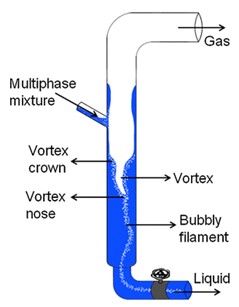
Figure 1: The Gas-Liquid Cylindrical Cyclone separator [1]
Simulation Process
Through the simulation steps, Spaceclaim and Fluent Meshing software boost the process, providing a user-friendly environment for ANSYS users. Polyhedral cells with the highest standards are filled in the domain. Two phases enter the cylindrical cyclone separator, modeled with Eulerian Multiphase module. The Buoyant effect is the fundamental theory of how these kinds of cyclones work. The performance of the device is analyzed after it reaches a steady–state condition.
Post-Processing
The simulation shows exactly how the GLCC separator works, which is to separate air and water using only advanced physics and shape. When you look at the image of the air volume fraction, you can see a perfect separation pattern forming: the top outlet is mostly red areas of pure air, while the center section is mostly blue-green areas of a mixture of air and water. It works like magic right after the angled entrance, where the 84% air and 16% water mixture hits the cylinder wall hard. When these two flows meet, they rotate into a tight circle. At this point, centrifugal forces start to work, pushing the heavier water outward while the lighter air moves inward. The color patterns show that this isn’t just splashing around at random; it’s a carefully planned separation process where buoyant forces and centrifugal forces work together to sort the stages by how dense they are.
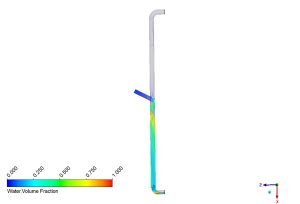
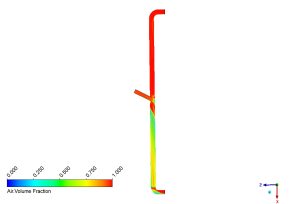
Figure 2: Water & air separate in Gas-liquid Cylindrical Cyclone Separator CFD Simulation
The water volume fraction curve shows the other side of the story. Look at how the bottom part slowly changes from light blue to green, which means it has a higher water concentration. Water is about 800 times heavier than air, so it can’t fight both gravity and rotational forces at the same time. Water droplets are pushed against the walls and then slide down in a thin film until they reach the bottom opening. The swirling flow isn’t obvious in these still pictures, but it’s the main thing that makes separation work so well. Our Eulerian multiphase modeling correctly caught this complex behavior, showing how the mixed inlet stream quickly splits into two separate phases.
We pride ourselves on presenting unique products at CFDLAND. We stand out for our scientific rigor and validity. Our products are not based on guesswork or theoretical assumptions like many others. Instead, most of our products are validated using experimental or numerical data from valued scientific journals. Even if direct validation isn’t possible, we build our models and assumptions on the latest research, typically using reference articles to approximate reality.
Yes, we’ll be here . If you have trouble loading files, having technical problems, or have any questions about how to use our products, our technical support team is here to help.
You can load geometry and mesh files, as well as case and data files, using any version of ANSYS Fluent.
€180 Original price was: €180.€165Current price is: €165.

€270 Original price was: €270.€165Current price is: €165.

€240 Original price was: €240.€199Current price is: €199.

€265 Original price was: €265.€155Current price is: €155.

€360 Original price was: €360.€185Current price is: €185.

€210 Original price was: €210.€155Current price is: €155.



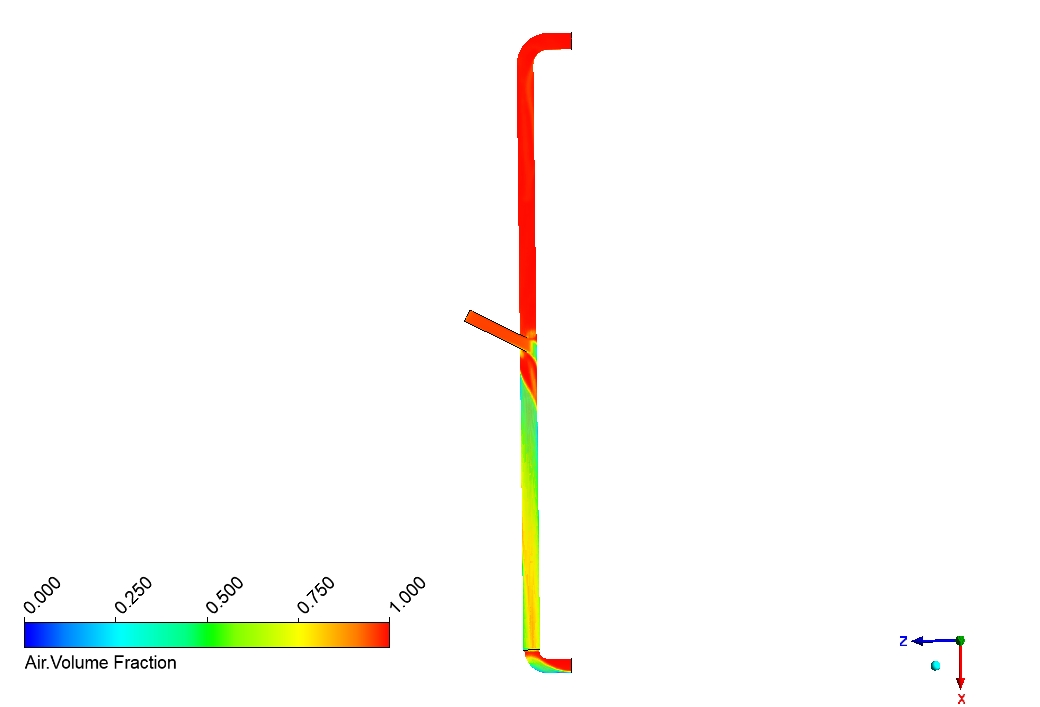
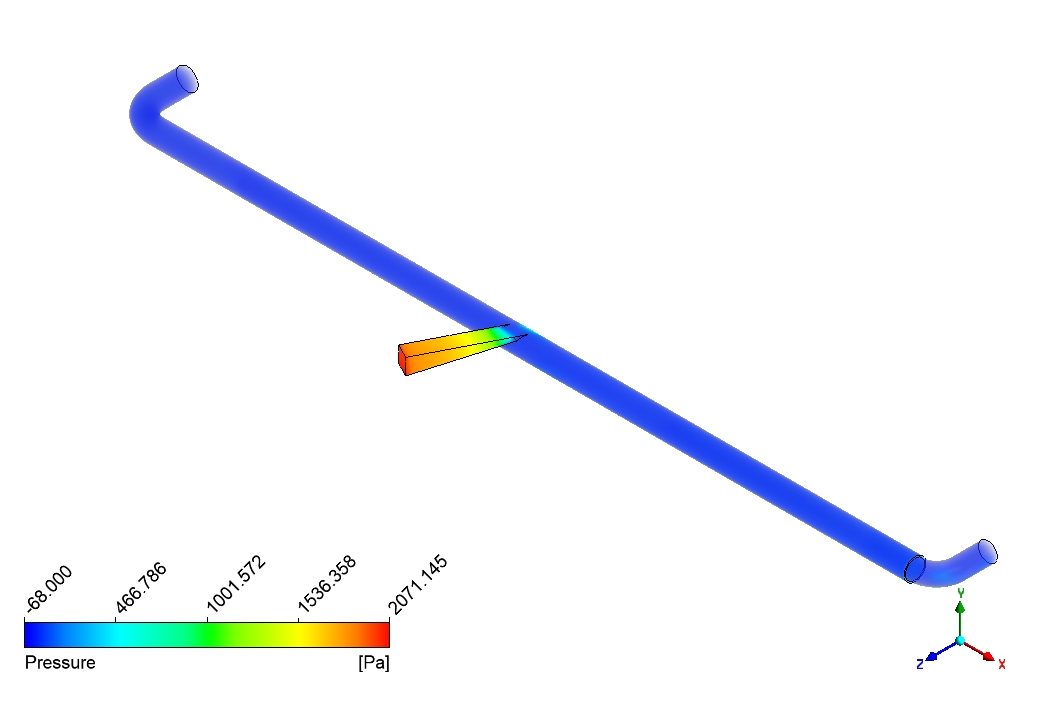

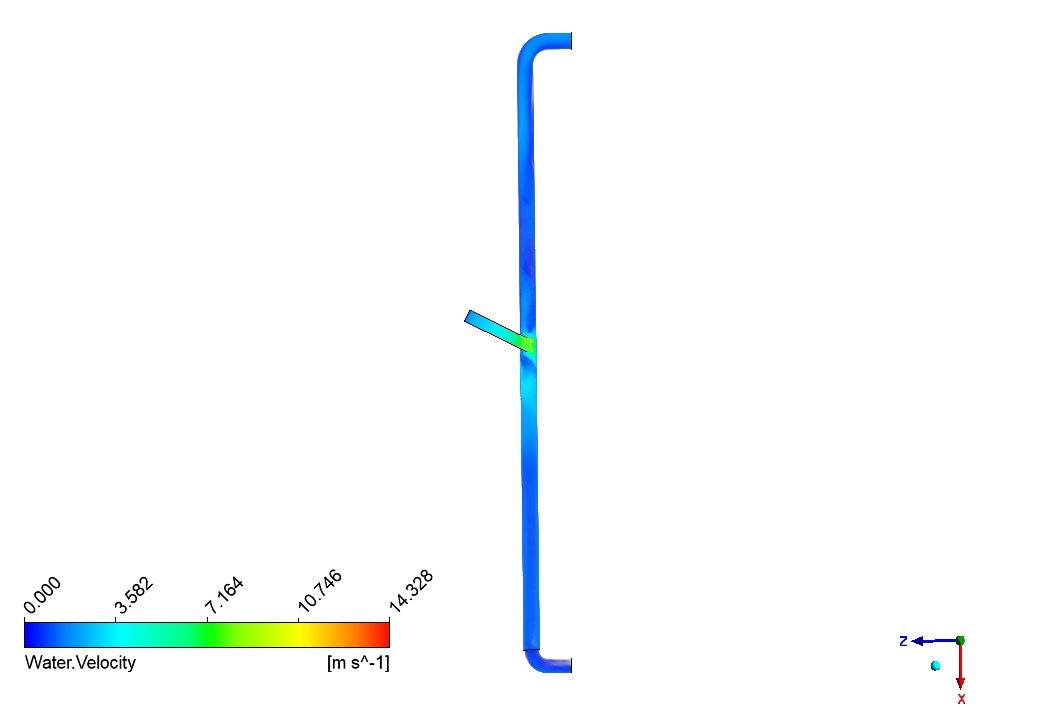





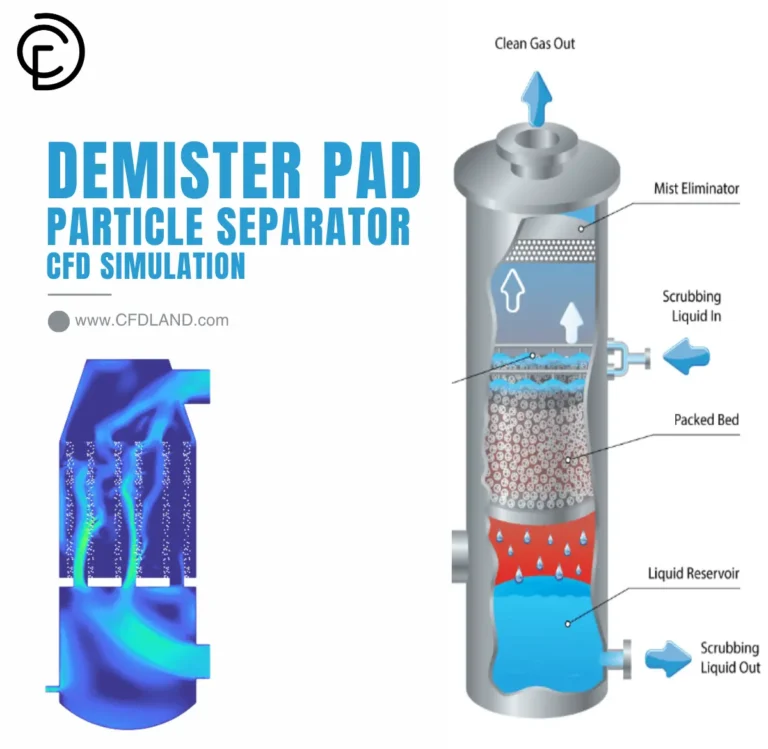
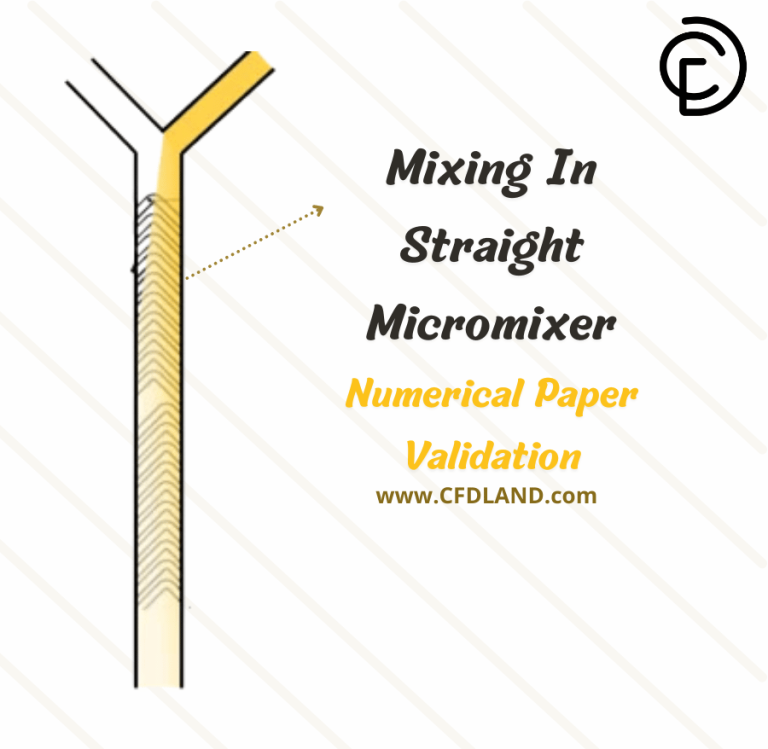
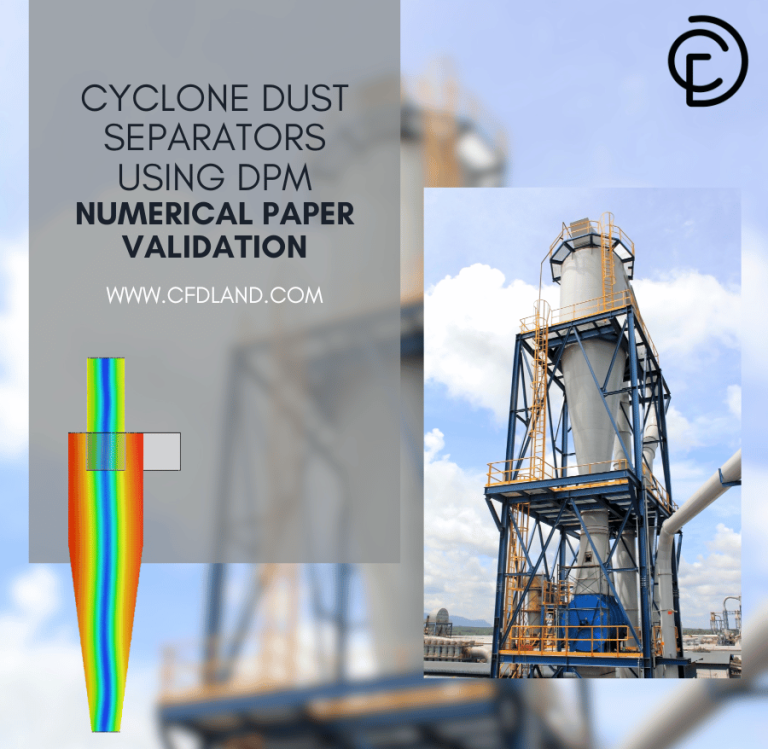
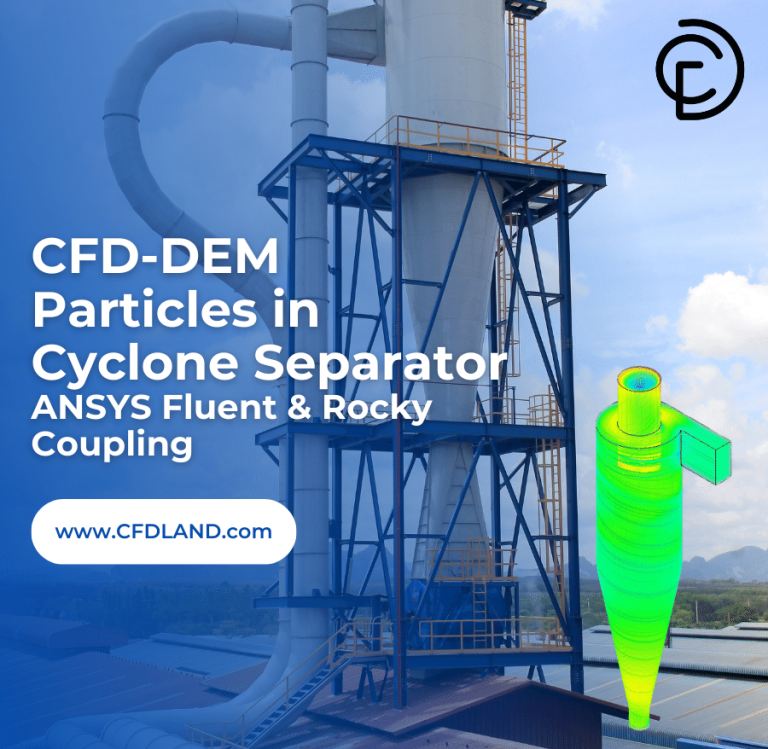
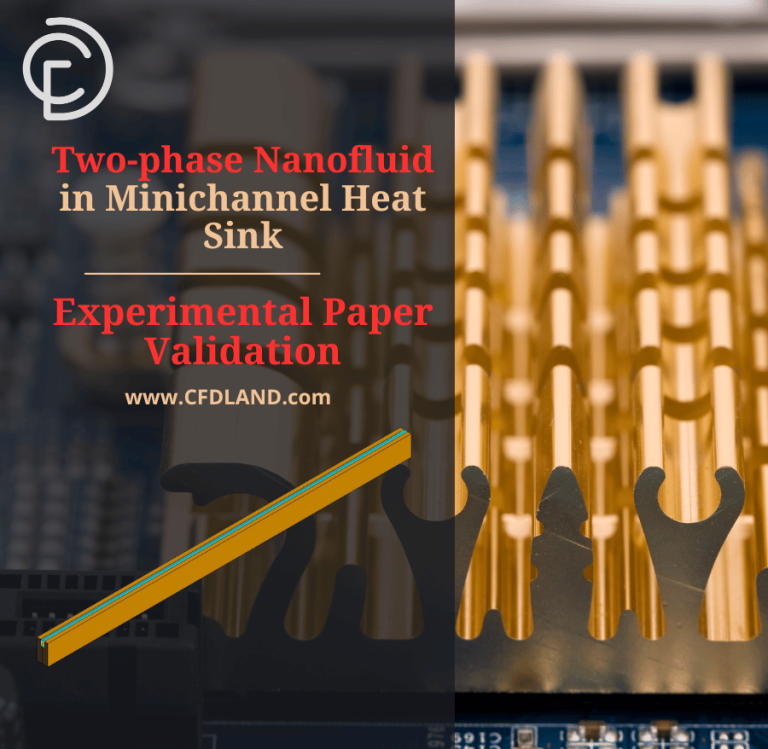
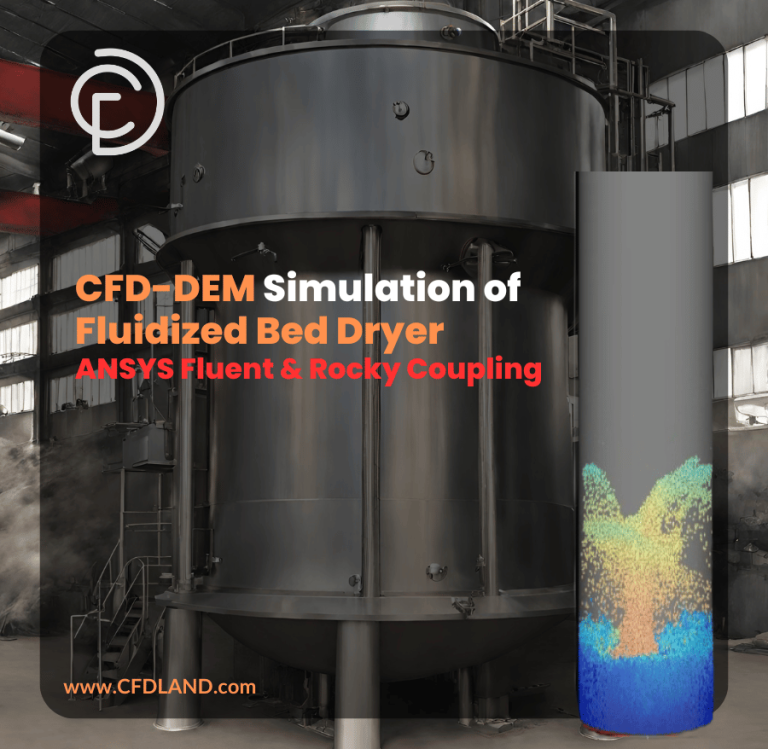
Reviews
There are no reviews yet.